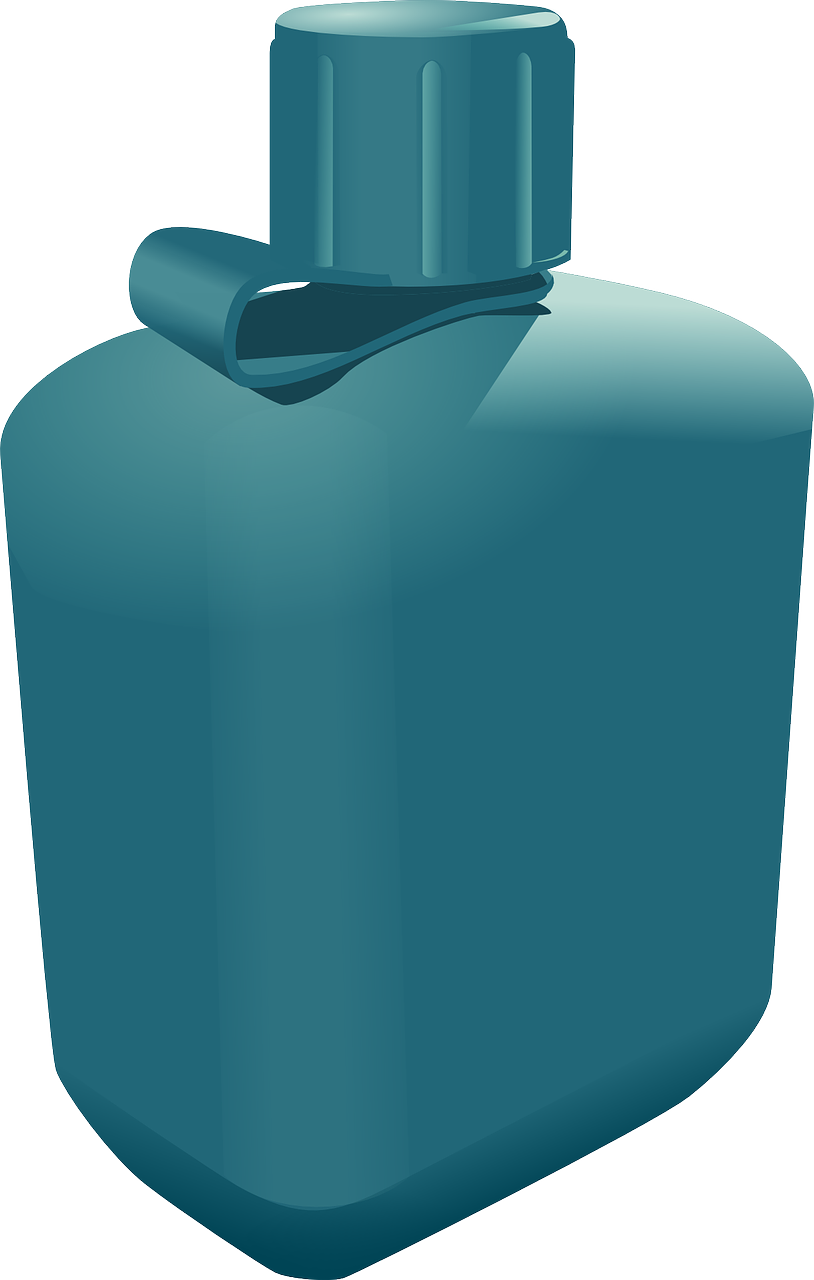|
10 minutes maximum! Can you do it in 5? |
|||||||||||||||||
Q1-3. These questions are about the pressure of air inside a bike tyre: |
|
||||||||||||||||
1. Which of these sentences best explains the change in pressure if the tyre is heated?
| |||||||||||||||||
2. Which of these rows describes the change in pressure and particle speed if the temperature is kept constant, but more air is pumped into the tyre?
| |||||||||||||||||
3. When a cyclist sits on the bike, the tyre is compressed. Assuming the temperature remains constant, how does this compression change the volume of the tyre and the pressure in the tyre?
| |||||||||||||||||
4. As any gas is cooled, the particles slow down. At what temperature do the particles have the least kinetic energy?
| |||||||||||||||||
| 5+6. These questions are about the kelvin scale of temperature. | |||||||||||||||||
5. What is -173 °C in kelvin?
|
|||||||||||||||||
6. What is 400 K in °C?
| |||||||||||||||||
| 7+8. A sealed gas syringe contains a volume of 30 cm3 of gas at a pressure of 100 kPa. |  |
||||||||||||||||
7. The syringe is pulled out slowly, increasing the volume to 75 cm3 whilst the temperature remains constant. What is the new pressure in the gas?
| |||||||||||||||||
8. At what volume would the pressure be 125 kPa?
| |||||||||||||||||
| An empty metal drinks bottle contains air at 300 K and at a pressure of 1 x 105 Pa. (the volume remains constant). |  |
||||||||||||||||
9. What is the pressure in pascals when the bottle is left in strong sunlight and the temperature reaches 350 K?
| |||||||||||||||||
10. At what temperature will the pressure be 9 x104 Pa?
|
|||||||||||||||||